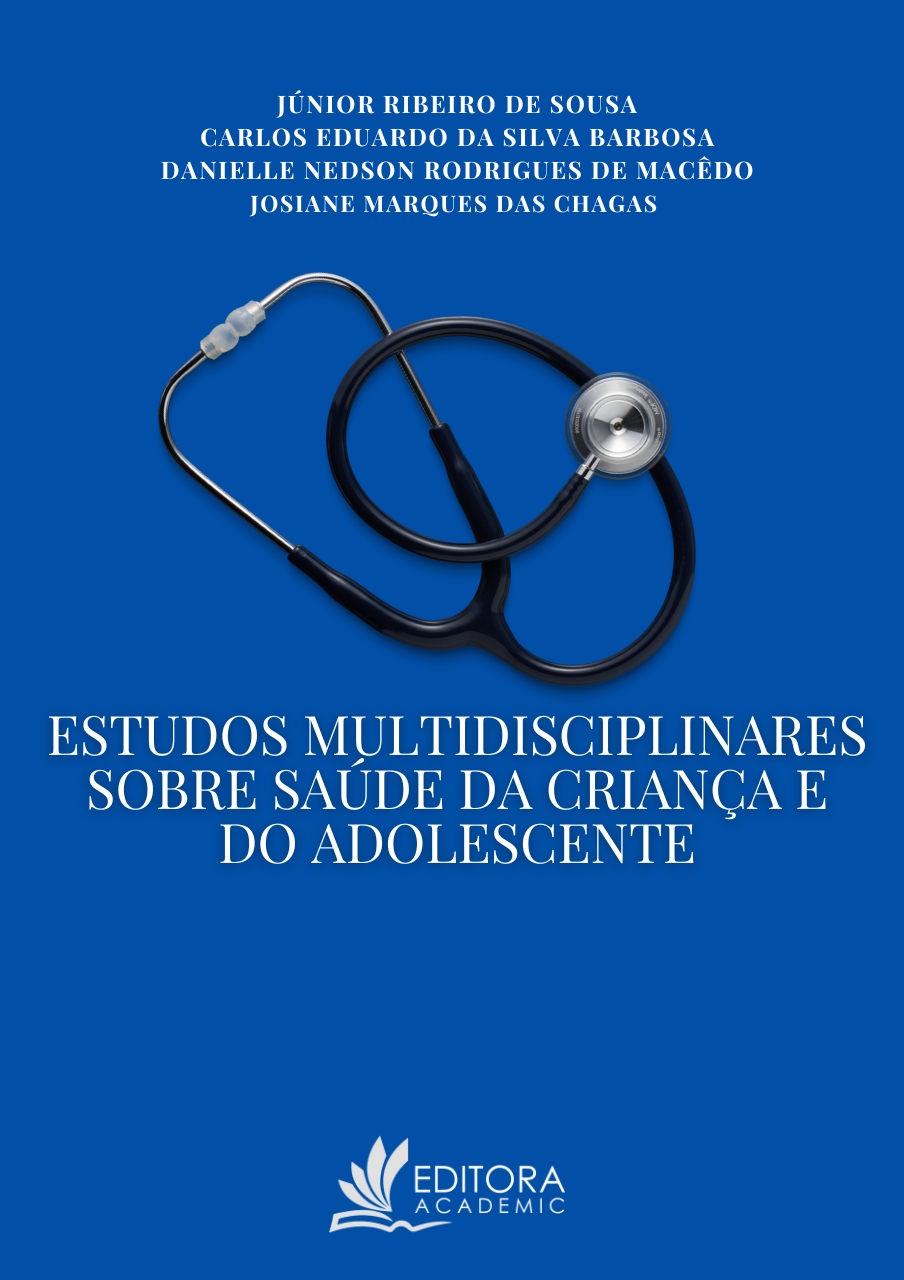
A exodontia de terceiro molar se tornou um dos procedimentos mais realizados no consultório odontológico, visto que quando estes estão presentes na cavidade oral, podem influenciar no apinhamento da dentição, lesões patológicas com poder de malignização e doenças periodontais. Objetivo: Desta forma, o presente trabalho tem como objetivo abordar as principais complicações que ocorrem no pós-operatório das cirurgias de terceiros molares, com ênfase nas possíveis causas e medidas que levam a este tipo de ocorrência. Metodologia: Trata-se de um estudo de revisão integrativa da literatura, no qual foram consultados artigos científicos indexados nas bases de dados PubMed, BvS, SciELO e LILACS. Resultados e Discussão: Comumente, a dor, inchaço, trismo e até mesmo pequenos sangramentos podem serem perceptíveis ao decorrer da cicatrização. Contudo, outras situações podem ocorrer, apesar de serem menos comum, na quais envolvem danos ou fraturas em estruturas adjacentes. A remoção é indicada para casos em que há necessidade para o tratamento ortodôntico, cáries com grande extensão, pericoronarite e remoção profilática, sendo este último recomendado no intuito de evitar o surgimento de patologias, como cistos, tumores de origem odontogênica. Considerações Finais: O planejamento cirúrgico é extremamente importante para que se tenha um correto manejo clínico e cirúrgico. Os cuidados pré, trans e pós-operatório são fundamentais para diminuir os riscos de uma complicação pós-operatória.